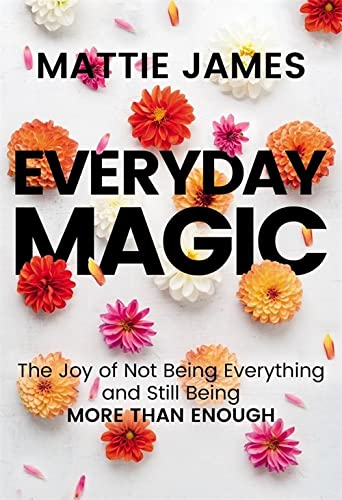In this episode of the Mattie James show, we’ll be discussing how to create an editorial process and become consistent at posting. This can be applied to anything – your blog, your YouTube channel, your podcast or even your Instagram. You build a following when you post consistently and until you have a process put in place, you will be inconsistent. By the end of this episode, you should understand why an editorial calendar wasn’t enough and how to create your own editorial process that’ll get you consistent once and for all. Listen below.
How to be consistent?
You guys send questions to me about posting consistently all the time and it’s hard to answer in a concise way. Being consistent isn’t just an overnight change, it’s a decision + application combo that you have to commit to. We’ve all heard about an editorial calendar and how it should make you consistent, but how many of you have found a free editorial calendar template on Pinterest, downloaded it, filled it out and nothing changed?
Don’t worry my hand is raised too.
Yeah, because it doesn’t work like. All a calendar does is schedule the result of your content. However you have to establish a process and then schedule when you’re going to do the work. So, yes – an editorial calendar will help you post consistently but only if you have an editorial process and editorial schedule.
EDITORIAL PROCESS
An editorial process is a system of steps you do to execute to create content. As I mentioned earlier, you can have processes for everything from Instagram, blog, podcast or even YouTube content. So how do you create an editorial process?
By logging every single step you take when you create content. For instance, to create a blog post isn’t just to write it. You have to brainstorm & research, shoot, create and/or edit visuals, write, edit, format, schedule and make social promo graphics. And then social media has its own process as well. The process is literally the steps that need to be taken to execute your content well. It is time consuming and tedious. It should be if you’re creating content worth reading, watching or listening to.
The editorial process is planning out what work needs to be done. List this out in a document or even a little post it stuck to your keyboard, so you can refer back to it whenever you get started on creating content. The first few times will seem redundant and unnecessary, but before you know it, it will feel like second nature and you’ll understand exactly why you do what you do.
EDITORIAL SCHEDULE
An editorial schedule is a document (or even spreadsheet) that schedules when certain steps in the editorial process will be done.
What time has been set aside to execute certain steps in the editorial process? When will you write that blog post? When will you research that idea you had for a YouTube video? Have you given yourself enough uninterrupted time to ensure the best results? The editorial schedule is all about when the work will be done.
It’s not necessarily the most fun part of creating content, but it is necessary.
EDITORIAL CALENDAR
Last, but not least, is the editorial calendar. This is a calendar document that establishes what dates a post, video and/or YouTube video is going live. Many people solely focus on the editorial calendar because it’s when the result will be seen, but it’s impossible to get results without the process. So you’ll need the process and schedule before the editorial calendar even means something. While the schedule focuses on time and process, the calendar focuses on dates and results.
You can use anything from Google calendar to the Asana template or even an old school physical planner that you write in from the store. It’s up to you. So long you do the work and meet deadlines – there is no better way, just what works for you.
Getting consistent at putting out content is a lot of work. It can seem a bit monotonous and a lot of the work being done can’t be liked on Instagram. So while it’s tempting to go out and by a fancy, smancy new planner from Target and call it your editorial calendar, pump the brakes until you clearly establish your editorial process and schedule first.
Don’t look over the hard stuff, that’s exactly what keeps you consistent.


